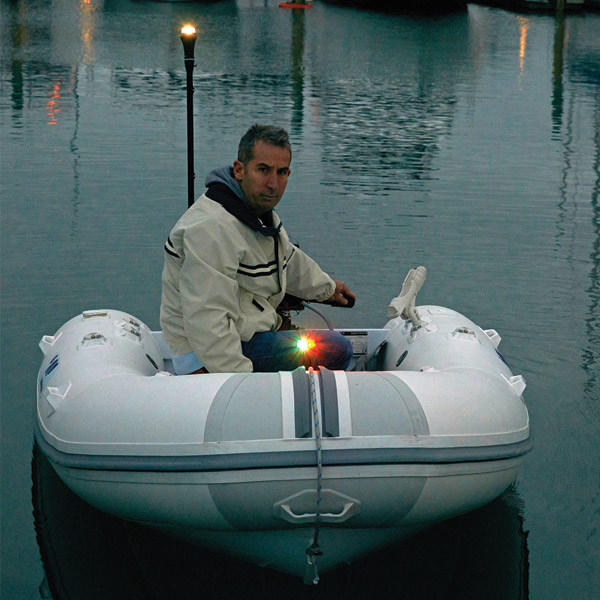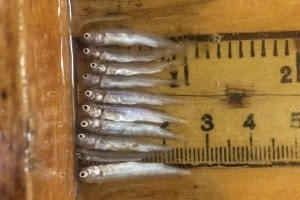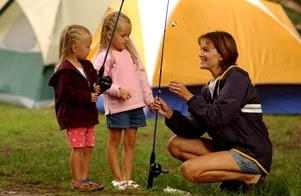Coast Guard Reminds Boaters of Hypothermia Danger on Great Lakes
The Coast Guard considers water temperatures less than 77 degrees to be cold and capable of quickly causing hypothermia.
In addition to wearing a lifejacket, the Coast Guard strongly recommends dressing for the water temperature and not the air temperature.
The maritime environment can be dangerously unpredictable and can lead to unexpected entry into the water. Unexpected entry into cold water can trigger a sympathetic gasp reflex, causing the inhalation of water and lead to drowning.
Regardless of the water temperature, it is important for mariners to file a float plan as well. It is as easy as telling a trusted, shoreside source, where you plan to go, how long you think you’ll be there and when you expect to return. Having a point to start a search from can make the difference between a successful or unsuccessful rescue.
Lake Michigan: 59 degrees, Lake Superior: 38 degrees, Lake Huron: 39-44 degrees, Lake Erie: 65-70 degrees, Lake Ontario: 54 degrees.
Current lake temperatures and forecasts can be found at NOAA.gov







